Best movies like Pistoia 1944 - Una storia partigiana
A unique, carefully handpicked, selection of the best movies like Pistoia 1944 - Una storia partigiana Starring Federico Antonello, Lorenzo Bartolini, Tommaso Della Santa, Stefano Bernini, and more. If you liked Pistoia 1944 - Una storia partigiana then you may also like: The Negro Soldier, The Night of the Shooting Stars, Abandoned, Battle of the Bulge, Czechoslovakia 1968 and many more popular movies featured on this list. You can further filter the list even more or get a random selection from the list of similar movies, to make your selection even easier.
Pistoia, World War II. After the Nazi occupation of Tuscany, Silvano Fedi, together with a group of twenty-year-olds like him, decides to establish the 'Squadre Franche Libertarie', the local and national resistance, ready to give their lives in order to free Italy from oppression and injustice and rebuild it on the ideals of freedom and non-violence.
You may filter the list of movies on this page for a more refined, personalized selection of movies.
Still not sure what to watch click the recommend buttun below to get a movie recommendation selected from all the movies on this list
The Night of the Shooting Stars
The Night of San Lorenzo, the night of the shooting stars, is the night when dreams come true in Italian folklore. In 1944, a group of Italians flee their town after hearing rumours that the Nazis plan to blow it up and that the Americans are about to arrive to liberate them.
Abandoned
A group of rich young intellectuals hiding from the war in rural Italy play at being partisans when some disbanded soldiers and some refugees ask them for shelter in their villa. The young and aristocratic Andrea strikes up a friendship with a peasant girl, Lucia. Then the Germans suddenly appear, looking for the real partisans, and the time comes for serious decisions.
Battle of the Bulge
In the winter of 1944, the Allied Armies stand ready to invade Germany at the coming of a New Year. To prevent it, Hitler orders an all-out offensive to re-take French territory and capture the major port city of Antwerp.
Czechoslovakia 1968
Short documentary about 50 years of history of Czechoslovakia, with archive images.
General Della Rovere
The Gestapo forces con man Victorio Bardone to impersonate a dead partisan general in order to extract information from his fellow inmates.
Life Is Beautiful
A touching story of an Italian book seller of Jewish ancestry who lives in his own little fairy tale. His creative and happy life would come to an abrupt halt when his entire family is deported to a concentration camp during World War II. While locked up he tries to convince his son that the whole thing is just a game.
That Summer of White Roses
World War II finally reaches a Yugoslavian lake, where a lifeguard shelters a refugee and her son.
Hymn of the Nations
Hymn of the Nations, originally titled Arturo Toscanini: Hymn of the Nations, is a 1944 film directed by Alexander Hammid, which features the "Inno delle nazioni," a patriotic work for tenor soloist, chorus, and orchestra, composed by Italian opera composer Giuseppe Verdi in the early 1860s. (For this musical work, Verdi utilized the national anthems of several European nations.) In December 1943, Arturo Toscanini filmed a performance of this music for inclusion in an Office of War Information documentary about the role of Italian-Americans in aiding the Allies during World War II. Toscanini added a bridge passage to include arrangements of "The Star-Spangled Banner" for the United States and "The Internationale" for the Soviet Union and the Italian partisans. Joining Toscanini in the filmed performance in NBC Studio 8-H, were tenor Jan Peerce, the Westminster Choir, and the NBC Symphony Orchestra. The film also included the overture to Verdi's opera La Forza del Destino.
It Happened Here
World War II, 1940. When the Nazi hordes invade and occupy Great Britain, the English citizens are soon divided between those who choose to submissively collaborate and those who are willing to fight.
Freaks Out
Four circus freaks with superpowers find themselves trapped in Nazi-occupied Rome after their owner and father figure goes missing in the aftermath of the 1943 surrender of Italy to the Allies.
The Two Marshals
September 1943: in the general confusion a thief dressed as a priest and a sergeant exchange clothes and roles.
Baciami piccina
7th September 1943. The honest and reliable carabiniere Umberto is sent to escort the flamboyant con man Raoul Nuvolini from Terni to Venice. Umberto's fiancée Luisa follows him against his will.
Corbari
The real story of the partisan Silvio Corbari. He starts his career killing publicly one of his friends that was a fascist. Than, he set up a band of partisans in north Italy, completely independent from the Italian organized resistance (CLN). Ines, leave his husband to join the band and became Silvio's lover. Silvio Corbari succeeded also to set up a free-zone, his personal republic, independent from the Nazi occupied Italy, in a little village called Tregnano. But the opponent Nazi-Fascist army is too much for any kind of resistance, especially if not included in the organized CNL. All his partisan friends are captured and sentenced to death, Ines, close to be captured, suicides. Corbari, even if survives to a first hanging, can't escape to a second one. After WWII he deserved a gold medal to the memory from the Italian Republic.
The Liberation of Skopje
Eight-year-old Zoran is the hero of this story set in Skopje during the German occupation of the city in World War II. Through his eyes, we experience all the cruelty, poverty and suffering of wartime. A love affair between his Macedonian mother and a German officer will help his family get through the hard times…
Hidden Children
This is a true story about forty Jewish children on their way to Palestine, who were blocked by the German and Italian occupation of Yugoslavia in 1941. Before finding a haven at Villa Emma in Nonantola in northern Italy, where they arrived on June 17, 1942, the children spent several adventurous months in Slovenia, caught up in the ongoing fight between the partisans and the Italian army. In April 1943, another 33 children, some from the Balkans, others from France, joined the original group. All were orphans who had lost their parents in concentration camps and had subsequently been smuggled out of Germany by Recha Freier, a well-known Zionist. The group ranged in age from six to twenty one and settled in at Villa Emma with their chaperones and teachers, Josef Indig, Marco Schoky and the pianist Boris Jochverdson.
Two Anonymous Letters
When her sweetheart Bruno joins the Italian army, Gina, bored by her lack of social life, weds Tullio. She comes to regret her decision when Tullio proves to be a Nazi collaborationist. Casting her lot with the Resistance movement, Gina is forced into a difficult decision when the safety of ex-lover Bruno is endangered by the treachery of Tullio.
The Fallen
Northern Italy, Autumn 1944, the last days of World War II. Germans and Italians try to defend the Gothic Line and fight the partisans who support the inexorable advance of the US Army.
Churchill's Leopards
A British commando team heads into France to blow up a German-held dam in preparation for D-Day, while a British agent infiltrates the German garrison to give inside help. The twist is that the British officer is replacing his twin German brother.
Two Colonels
In WWII Greece, two enemy Colonels, one Italian and the other English, develop a grudging friendship which the war will test.
Hitler's Britain
A "What if?" alternative history sees Nazi Germany prevailing in the second World War. First the occupiers establish their power bases, before they find themselves under attack from the underground resistance.
Women of the Resistance
Documentary composed of interviews with female partisans who survived the German invasion of Italy in World War II.
Massacre in Rome
In the Nazi occupied city of Rome, an assault on an SS brigade draws retaliation from the military governship. "Massacre in Rome" is the true story of how this partisan attack led to the mass execution of Italian nationals under the orders of SS-Lieutenant Colonel Kappler.
It Happened in '43
1943. The affair between Anna, unhappily married to wheelchair-bound Pino, and deserter Franco unfolds in foggy Ferrara, intertwining with the power struggle taking place within local Fascist ranks that culminates in a massacre of civilians, including Franco's father – Pino sees it all from his window, but will he tell anyone?
The Four Days of Naples
September 1943. After Italy surrenders to the Allies, most people in Naples believe the war is finally over, but soon realize Germans are still in control—and as ruthless as ever. Armed with makeshift weapons, the Neapolitan civilians spontaneously rise up en masse against their occupants—and overwhelming odds, driving them from the city after four days of fighting.
Escape by Night
In Nazi-occupied Rome, a beautiful bootlegger, to the chagrin of her lover, gives sanctuary to three escaped POWs: an American pilot, a Russian sergeant and a British major.
From the Clouds to the Resistance
'Dalla nube alla resistenza (From the Cloud to the Resistance ) (1978), based on two works by Cesare Pavese, falls into the category of History Lessons and Too Early, Too Late as well. It, too, has two parts—a twentieth-century text and a text regarding the myths of antiquity, each set in the appropriate landscape. Pavese's The Moon and the Bonfires looks back on the violent deaths of Italian anti-Fascist resistance fighters; Dialogues with Leucò is a series of dialogues between heroes and gods, connecting myth and history and returning to an ambiguous stage in the creation of distinctions, such as that between animal and human, which are fundamental to grammar and language itself. Such a juxtaposition of political engagement with profoundly contemplative issues such as myth, nature, and meaning points to the characters of Empedocles and Antigone in the Hölderlin films.' (From "Landscapes of resistance. The German Films of Danièle Huillet and Jean-Marie Straub" by Barton Byg)
I piccoli maestri
During the 20 months before Italy's liberation from Fascism, a group of university students trade empty rhetoric for action by joining the Partisans into the mountains of Nazi-occupied northern Italy. There, group leader Gigi falls in love with his best friend's girl. As the Resistance struggle continues, some of the "little teachers" are killed, and the brutal reality of war leaves its mark on their youthful idealism.
The Ring with a Crowned Eagle
A Polish Resistance fighter who survived the Nazi years cannot accept the new Communist power.
Johnny the Partisan
After the 8th September 1943 north of Italy is occupied by Germans. Italian army collapsed and the soldiers are escaped to the mountains trying to set up a resistance. Many civilians did the same and Johnny, an English literature student, is among them. Johnny avoids to band together the red partisans (communists) and tries to be part of the azure bands (former regular soldiers). But in both cases he is deluded by the partisan bands and discovers that the partisan war is less poetic and genuine that he thought. At one point anyway the partisans free Alba from Germans. When the city falls again in German hands Johnny escape with Ettore and Pierre. But, one after another, German army and Italian fascists captures the partisans and Johnny will pass the winter alone and isolated. He then finds the way to participate to one of the last attack to occupants, in fact the war will be over two months later.
A Day for Lionhearts
September the 8th 1943, Rome, day of the armistice. Danilo escapes the fascist enlist, while Michele succeeded to leave his administration moving from Rome. On the way to come back Rome the two meets Gino and all together will try to pass trough the Gothic Line.
Men or Not Men
In Milan, in the winter of 1944, the ruthless Cane Nero leads the fascists against the partisans. Enne 2, one of the leading figures of the C.N.L., meets Berta, whom he loved three years ago, but Berta refuses to leave her husband for him. Enne 2 is pursued by the fascists of Cane Nero and, instead of running away to Turin, waits for Berta to rejoin him
La grande quercia
In 1943, Vincenzio and Maria take their children to his father's Tuscan farm. Vincenzio commutes to Rome where he's a physician and, in the hospital basement, prints an anti-Fascist paper. His brother is in the Resistance; his father supplies food to a local monastery where 12 fugitives hide. All is seen through the eyes of the oldest child, Paulo, who's about 7 and the only lad at school who doesn't wear a Fascist Youth uniform. For Paulo and his siblings, it's great fun playing with their nonno, finding herbs in the fields, watching a maid's tryst with a soldier, teasing a silent monk. Then the war reaches the farm when Italy surrenders and the Germans exact revenge.
Ten Italians for One German
A cinematographic account of the reprisal ordered by the ruthless Austrian colonel Kappler in 1944 in Rome. In Via Rasella (Rasella Street) ten Italian civilians were sentenced to death for each German soldier killed in a partisan attempt.



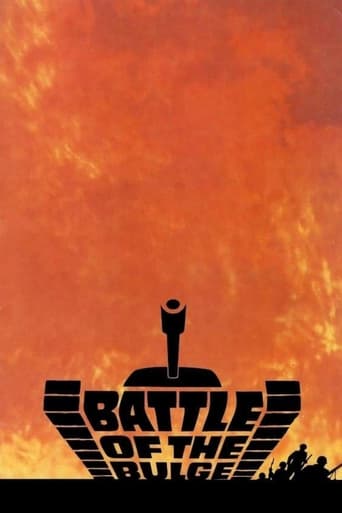











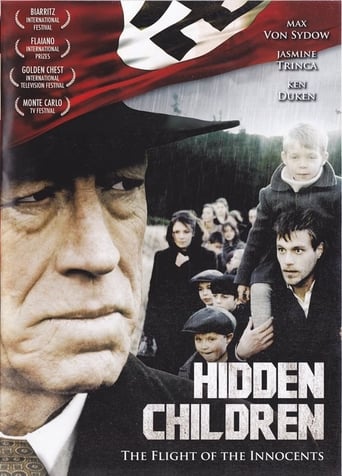













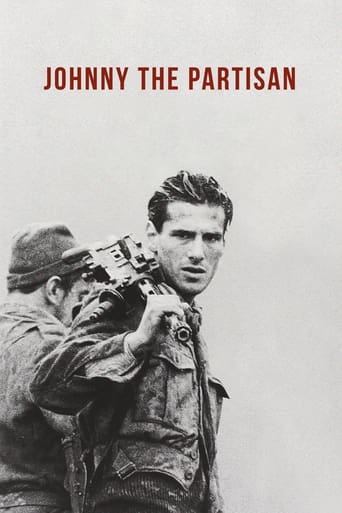





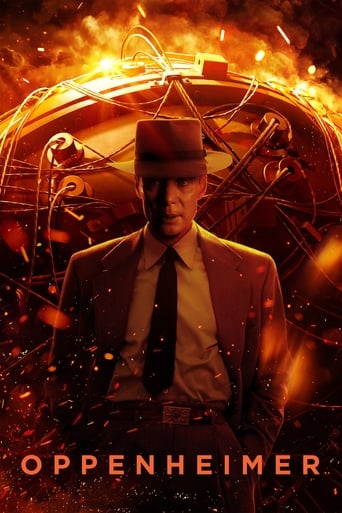
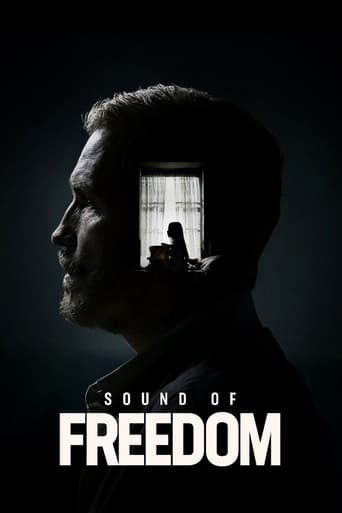

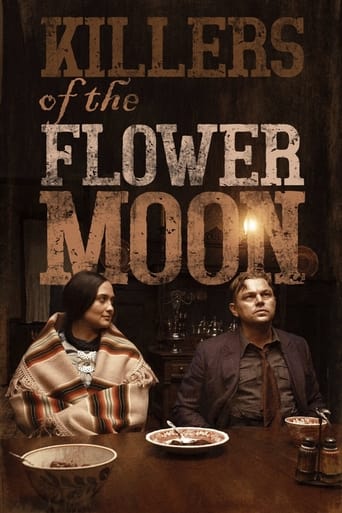
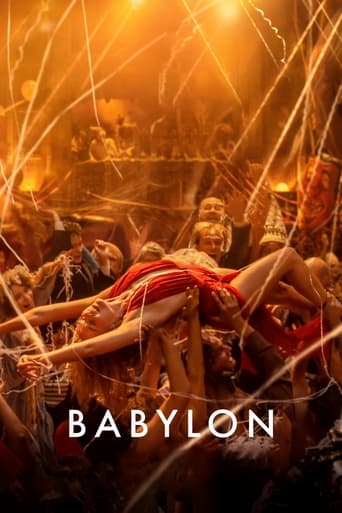
The Negro Soldier
Documentary focusing on the contributions to the American war effort of African-American soldiers.